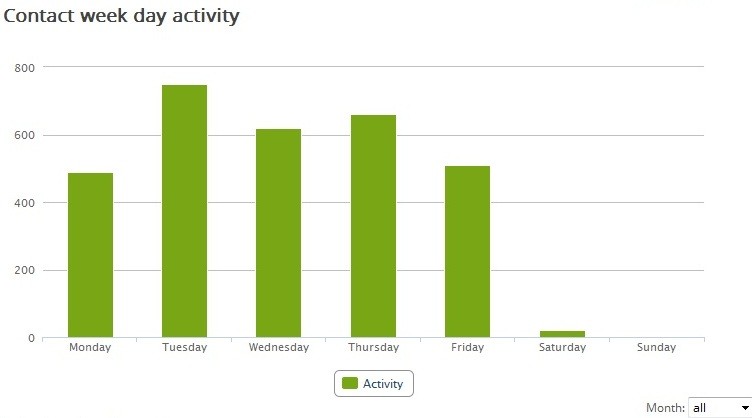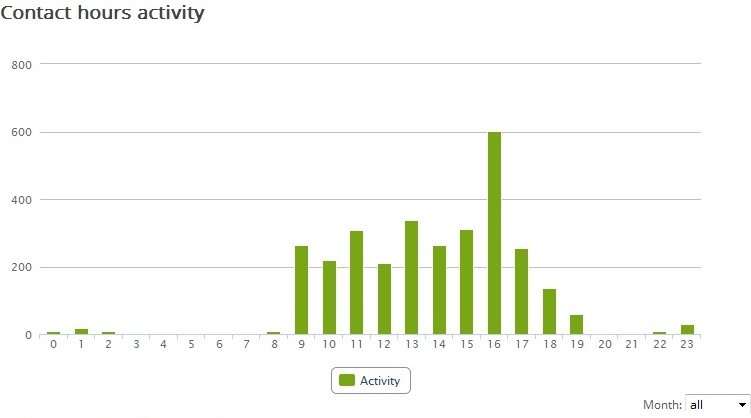 When talking about effective e-mail marketing, the right timing plays a critical role. In fact, regardless of how content valuable and personalized our e-mailing is, with an inaccurate time, e-mailing we won’t accomplish our plan. The only thing we may gain is low open and click through rate.
When talking about effective e-mail marketing, the right timing plays a critical role. In fact, regardless of how content valuable and personalized our e-mailing is, with an inaccurate time, e-mailing we won’t accomplish our plan. The only thing we may gain is low open and click through rate.
Identifying the key moment for e-mailing is essential if we don’t want to waste chance to get to potential client every time, when mailing is not well thought over and properly tailored. Sending e-mails too often may quickly be recognized as typical spam. In turn, too rare e-mails sent in long time intervals, may cause loss in the number of subscribers. They simply won’t remember what particular business deals with, especially as they receive this type of information at least a few times a week. Also, subscribers may not remember the moment they signed up to our mailing list. From here, it’s just a short way for them to unsubscribe…
“Time is Money”
A statement every salesperson knows. Things are no different with regard to our e-mails recipients. It’s worth to know what our clients are particularly attracted to. Surely, with their activities, they expect immediate feedback – for instance, in the case of doing on-line shopping. Then, a summary of their basket should immediately land in their inbox. The issue of signing up for a newsletter looks quite different. Here, it’s worth to act with restraint and not ‘attack’ recently picked up contact with series of messages.
Let’s answer the question: what is the best time to send email?
Marketing Automation systems are equipped with series of modules and functionalities, which help both marketers and salespersons treat each person individually. Since recently SALESmanago system has functionality thanks to which you’ll learn what the optimal time for e-mailing to its contact base is.
-
Contact activity by day of the week
The above analytics allows to determine what day of the week the contact is most active. This measurement is performed on the basis of the behavior on the WWW page and response (or its absence) to the e-mail message.
-
Contact activity by hour
In turn, contact hours activity allows to determine what time of the day the contact is most active. Having day and hour data, you’ll be able to set an ideal time when the e-mailing needs to be sent.
Summary
Apart from above mentioned analytics, there are equally helpful ratings like OR and CTR – these are precise e-mails open and click data. Having a blend of such specific information, without big effort we can tailor e-mailing individually for a particular user, with the automation rules. It’s also worth to carry out a testing survey among subscribers, asking them when they usually have time to check their e-mails and if there is a moment when we by no means should send them any messages.


 Follow
Follow
















